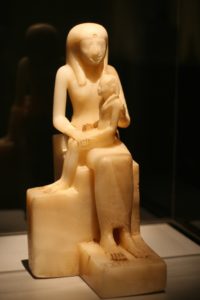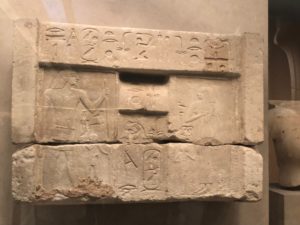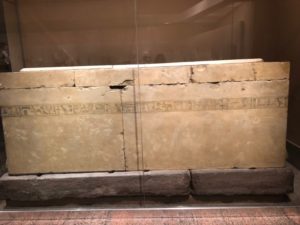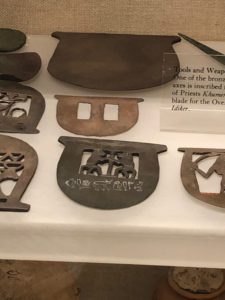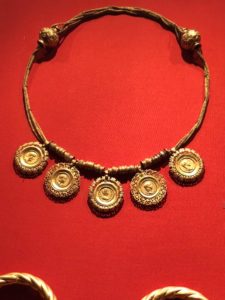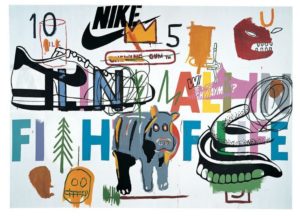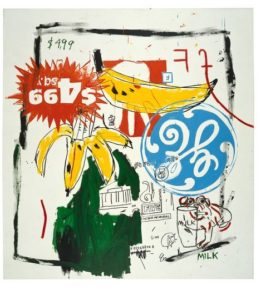The topic I chose for the final project is about the role of women in the ancient world. I want to learn and explore how different civilizations have portrayed women in ancient art.
Thesis: Ancient art displays the scenarios of society, cultures, and traditions of the ancient world. It reflects the life of people during that era, as well as the role each play, including, men, women, children, and even God. In this paper, I will analyze the artworks which portray women from different civilizations and compare the role that women have played in each civilization of the ancient world. The following artworks relate to my topic; they represent Egypt, Roman, Greek, and Mesopotamian cultures. Each of the art pieces illustrates the women of each civilization, how they were viewed, and what role they have played in their society.
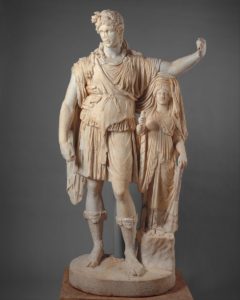
Artist: Pacetti, Vincenzo
Title: Statue of Dionysos leaning on a female figure (“Hope Dionysos”)
Date: 27 B.C.–A.D. 68
Museum: The Metropolitan Museum of Art
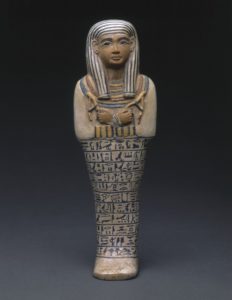
Artist: Unknown
Credit Line: Charles Edwin Wilbour Fund
Title: Shabty of Sati
Date: ca. 1390-1352 B.C.E.
Museum: Brooklyn Museum
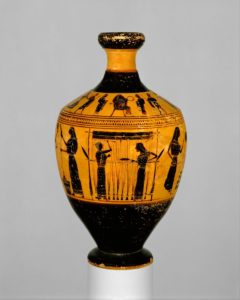
Artist: Unknown
Credit Line: Fletcher Fund, 1931
Title: Terracotta lekythos (oil flask)
Date: ca. 550–530 B.C.
Museum: The Metropolitan Museum of Art
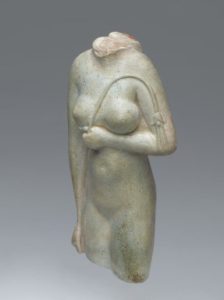
Artist: Unknown
Credit Line: Charles Edwin Wilbour Fund
Title: Woman Holding a Lily Scepter
Date: 305-30 B.C.
Museum: Brooklyn Museum
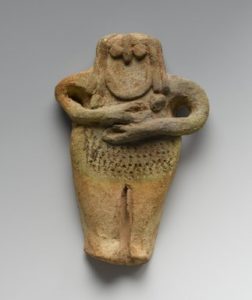
Artist: Unknown
Credit Line: Gift of Helena Simkhovitch in memory of her father, Vladimir G. Simkhovitch
Title: Female Figurine
Date: late 3rd-millennium B.C.E.
Museum: Brooklyn Museum
